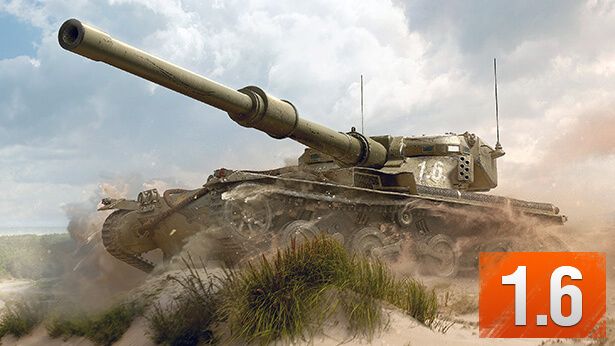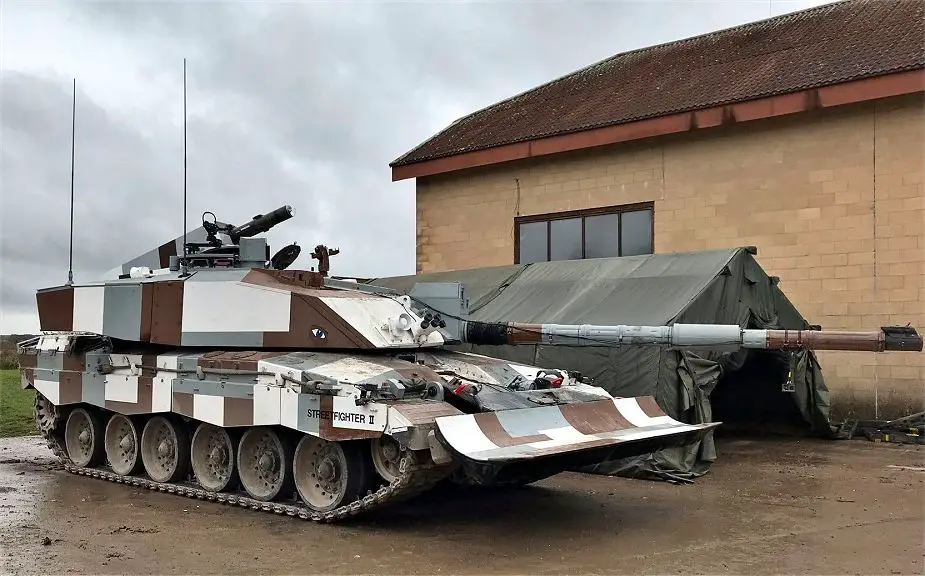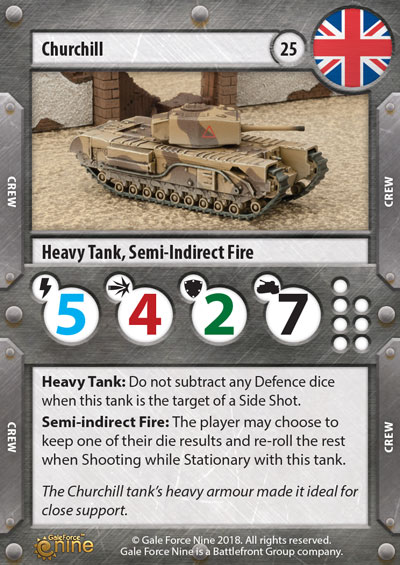

“Bringing the British army’s current structure into the 21st century without investing in air defence, network capability and a manned /unmanned /autonomous path means investing in obsolescence.” “The UK battle group in Estonia is as vulnerable, because it cannot shoot down the drone or deal with long range Russian artillery. “In the Ukraine, two battalion of Ukrainian mechanised infantry were spotted by drones and destroyed by long range Russian artillery in 15 minutes. The British Army has virtually no air and missile defence now. Short range anti-tank missiles are very effective up to five km, and very long range with missiles with cluster bombs can knock out lightly armoured supporting vehicles. “And improvements in missile technology mean the tank is far more vulnerable than it was. “The battlefield has become transparent due to advances in satellite, UAVs, aircraft or radar and the ability that we once had to move a big armoured formation with some secrecy has all but gone. “Over the last twenty years technology has marched on,” he said. Some even believe the move, which May affect up to 8,000 service personnel, is part of a broader strategy to reduce overall British Army numbers to a rumoured 70,000 target.īut last night Gen Barrons said axing Challenger would liberate the British Army, rather than impede it. Senior officers at Bovington Garrison, home to both the Royal Armoured Corps and the Royal Tank Regiment, are resigned to their fate, however, acknowledging the CDS might have little sway in what is ultimately a political decision. At Christmas they are expected to take part on desert war games in Oman.īut Gen Carter, who spearheaded the creation of 77 Brigade - the Army’s so called social media force - and the formation of a specialist new 13 Signals regiment, has already made it clear to ministers that, if he doesn’t receive a firm commitment to fund the Challenger and Warrior upgrades in November, they will be either scrapped or mothballed. This weekend they are deployed just miles away from the Russian border in Georgia as part of Noble Partner, a joint exercise with the US, Poland and Georgia, while Challengers are also based in Estonia as part of Britain’s Commitment to protect Baltic nations.


Despite not being used in anger since the Gulf War in 1991, where desert conditions were ideal for traditional tank warfare, the Challenger still plays an active role.


 0 kommentar(er)
0 kommentar(er)
